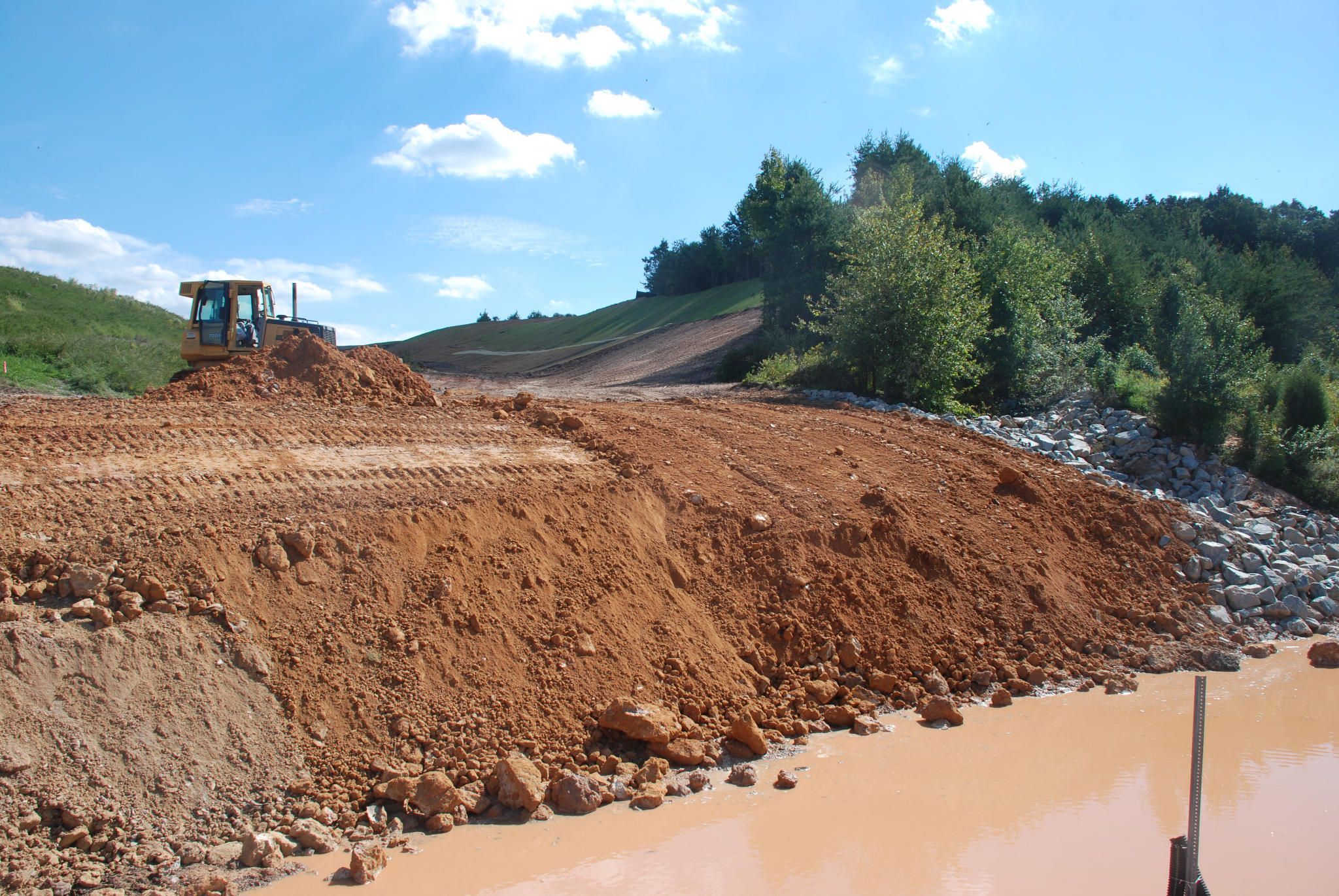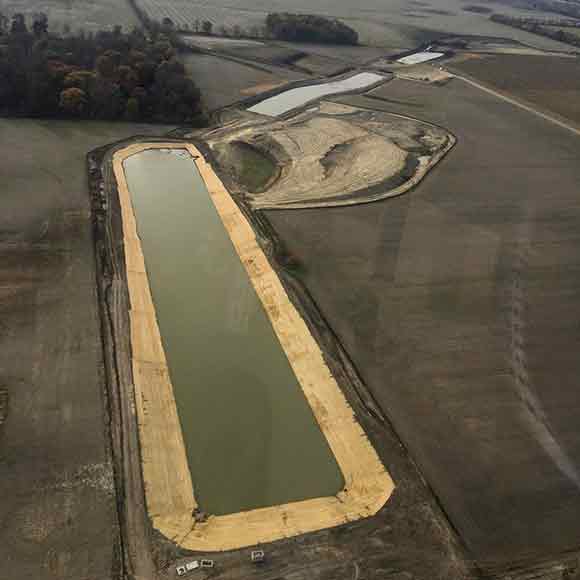

Slowing the water also decreases the velocity with which it hits the streambanks, effectively reducing erosion and sediment turnover. Table RSC-2 summarizes pollutant removal performance values for RSC.

#Regenerative stormwater conveyance series
For one, the step pools slow down water flow to allow some rainfall to seep back into the ground, replenishing the groundwater. Regenerative stormwater conveyance (RSC) is an open-channel, sand-filtering system composed of a series of shallow aquatic pools, riffles and weirs, native vegetation, and underlying media beds. Regenerative stormwater conveyance systems are presumed to be able to remove 90 of the total suspended solids (TSS) load in typical urban post-development runoff when sized, designed, constructed, and maintained in accordance with the recommended specifications. Regenerative Stormwater Conveyance System Design options & Performance Table RSC-1 describes the RSC performance in terms of reducing the volume associated with one inch of rainfall on the site. What is a Regenerative Stormwater Conveyance (RSC)?Īn RSC is a method of stormwater control in which step pools are formed to have various positive effects on water and stream quality. Locationīattle Grove is located south of McIver Residence Hall, east of the Coker Arboretum and west of Battle Park and Forest Theater. The site is within the Battle Branch watershed. This site is the highest ranked water quality retrofit and the only daylighting opportunity on the UNC-Chapel Hill main campus. UNC-Chapel Hill has partnered with NC State University for flow metering, rainfall measurement and water quality sampling for nutrients and total suspended solids. The regenerative stormwater conveyance (RSC) is both a method of stormwater management and stream restoration that reduces flooding to the area, decreases stormwater runoff, increases biodiversity and increases stream health and water quality. Science of the Total Environment 652:134-146. Department of Environmental Quality (NCDEQ) and finishing with touches such as plantings and signage. Regenerative stormwater conveyance (RSC) for reducing nutrients in urban stormwater runoff depends upon carbon quantity and quality. Regenerative Stormwater Conveyances (RSCs) are an innovative approach to repairing bank erosion from stormwater outfalls while treating stormwater runoff.

The process of turning the piped stream into a regenerative stormwater conveyance has taken nine years, starting in 2008 with the grant application to the N.C. storm water pollutants from the upcoming highway KR expansion project using an innovation called the regenerative stormwater conveyance (RSC) system. PRESENTATIONS: Regenerative Stormwater Conveyance - A new Tool for the Stormwater Toolbox - Adrienne Cizek Green over Grey Infrastructure: Crystal Lake. The tributary of Battle Branch Stream was piped in the 1930s only to be daylighted in 2016. Battle Grove Regenerative Stormwater Conveyance The Site


 0 kommentar(er)
0 kommentar(er)
